Spotlights are short essays written by the WPHP team that focus on a person, firm or title record in our data. The aim of these spotlights, as the name suggests, is to focus on and tell stories about the persons, firms and titles in our records. We often use these spotlights as an opportunity to discuss our data model, exploring our strategies for collecting data and our attempts to resolve issues that arise. Our spotlights usually draw upon multiple WPHP records, and all records are included in a list of WPHP Records Referenced. The spotlights draw upon existing research, which is included in a Works Cited, and we also often include a list of Further Readings. Our first spotlight launched in April 2019, and featured Maria Rundell’s A New System of Domestic Cookery, one of the nineteenth-century's best-selling cookbooks. You can access our Spotlights, organized by Title, Person, or Firm, in the "Spotlights" menu header, above.
In June 2020, we launched the first of what would become many spotlight series, which are a collection of spotlights that address a particular theme or issue.
Index of Spotlight Series to Date (Newest to Oldest)
Research in Reflection Spotlight Series
By Our Books: Bibliography in the WPHP Mini-Spotlight Series
Down the Rabbit Hole: Researching Women in the Book Trades Spotlight Series
Women & Philosophy Spotlight Series
Around the World With Six Women Spotlight Series
Women & History Spotlight Series
Black Women's and Abolitionist Print History Spotlight Series
Research in Reflection | August 14 - September 2, 2025

At the inception of the Women’s Print History Project in 2014, Dr. Levy, Project Director, infamously (and certainly erroneously) estimated that the project would include a couple thousand titles. Ten years, and more than 21,000 title records, 6,000 person records, and 7,500 firm records later, the project is wrapping up—despite there being no end in sight to the evidence in the print record of women’s contributions to print. Everywhere we look, we find traces of women authors, editors, introducers, translators, engravers, illustrators, compilers, publishers, printers, and booksellers, and if we had the money and the time, they would all be included in the WPHP. But the reality of digital humanities projects is that they cannot go on forever, no matter how much their passionate team leads and research assistants might wish they could. While the database and our data will remain public and available to researchers, the period of intense data creation that our team has been involved in for the last decade is coming to an end.
What better time to reflect on where we’ve been, and what we’ve learned? This final Spotlight Series—"Research in Reflection"—shares reflections on the WPHP from our current team of Research Assistants, our current Project Manager, our past Project Manager turned Lead Editor, and our Project Director.
By Our Books: Bibliography in the WPHP | July 4 - August 2, 2023
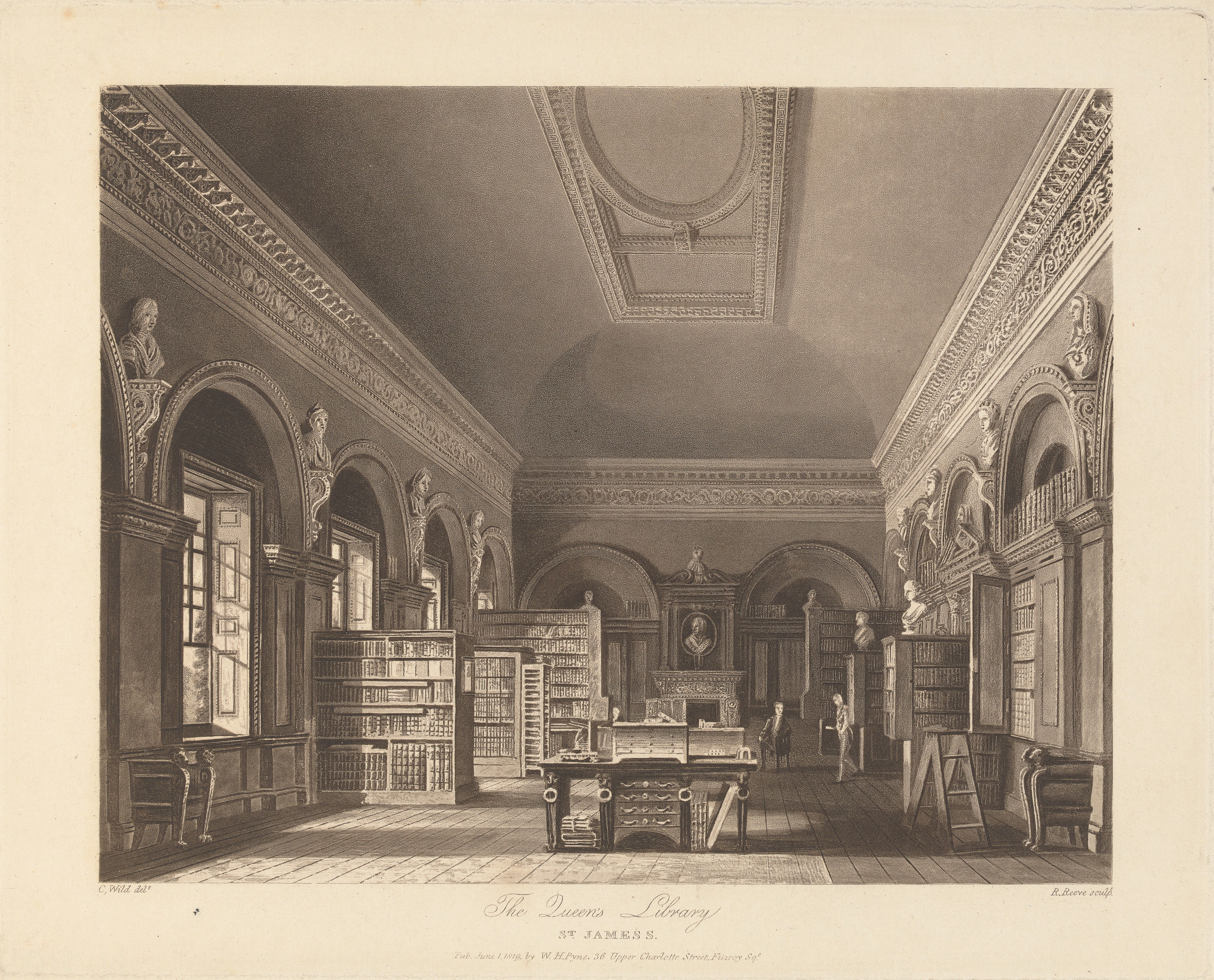
Figure 1. Richard Gilson Reeve, The Queen's Library, 1819. Yale Center for British Art.
In this mini-spotlight series, we offer a set of reflections about the many conversations, debates and second guessing we have done about our data fields, some of which, such as imprint, colophon, and format are foundational to bibliography, and others, such as “signed author,” that we have implemented in order to capture information about how women’s books signal themselves to the world. Even some seemingly uncontroversial designations, like what constitutes a title, or location, are actually more complicated than they first appear. In these short essays (hence the “mini-”), we trace the history of our thinking about our descriptive practices, how they are informed by the sources available to us and by our feminist ambition to recognize and reconstruct women’s labour in print, broadly conceived.
Down the Rabbit Hole Spotlight Series | August 5 - September 2, 2022
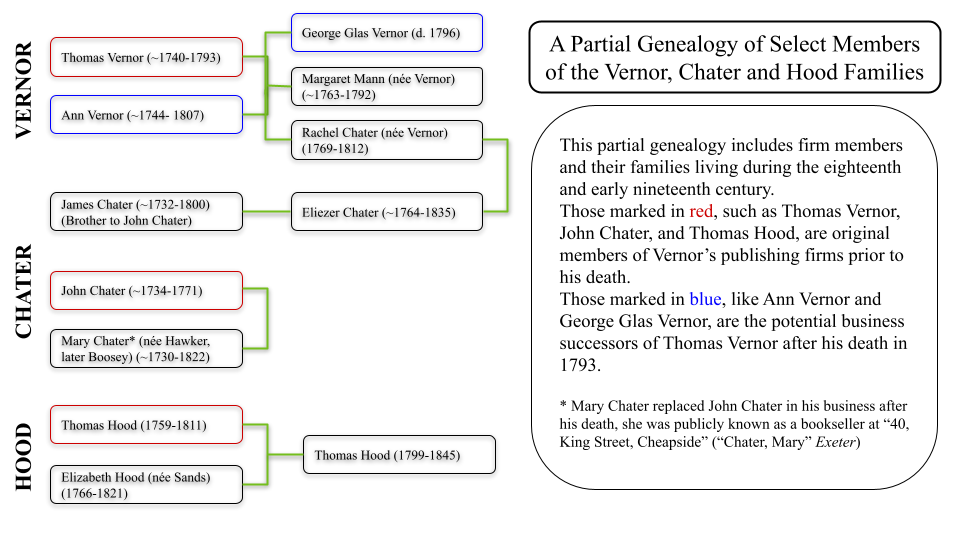
Figure 2. “A partial genealogy of select members of the Vernor, Chater, and Hood families.” Belle Eist, 2022.
At the time of this August 2022 Spotlight Series, the WPHP has more than 22,000 titles; 14,000 of those have been researched, edited and verified and are visible to the public. Of these 14,000 titles, just over 2,100 were published, printed, or sold by a firm run by a woman. But these numbers are far from complete or representative of the number of titles women in the book trades produced during the period our database covers, 1700 to 1836. Our “Down the Rabbit Hole: Researching Women in the Book Trades” Spotlight Series will introduce a number of women-run firms included in the WPHP, and in the process of doing so, seeks to make transparent some of the work that we do to recover and include them, the editing choices that must be made, and the particular challenges we face.
Women & Philosophy Spotlight Series | March 4 - April 1, 2022
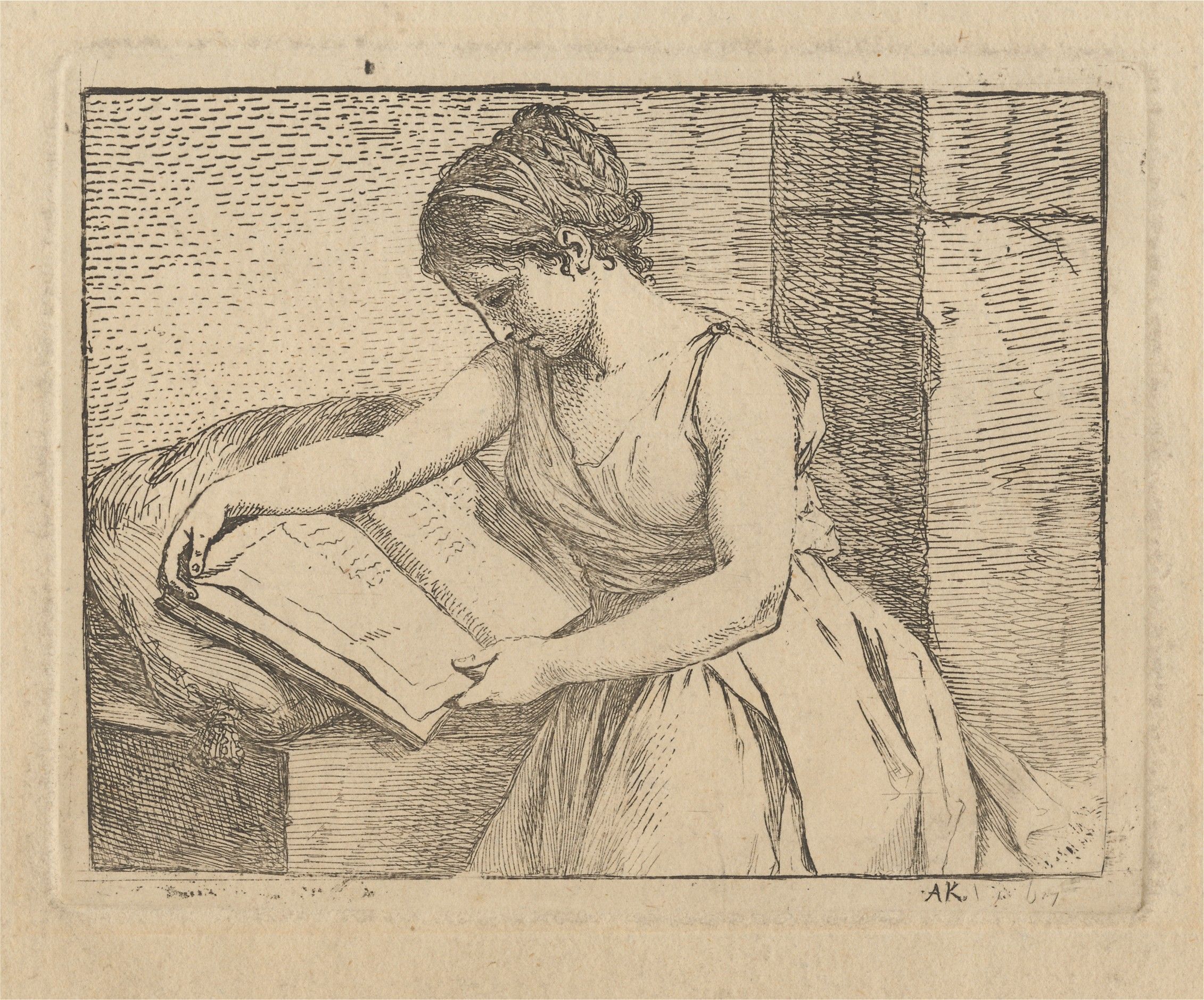
Figure 3. Angelica Kauffman, Woman Reading. Yale Center for British Art, Paul Mellon Collection.
In 2021, the Journal of the History of Ideas published 31 total articles, 18 of which named male thinkers in the titles and none of which named a single female philosopher (Dr. Megan Gallagher, tweet). The discipline of philosophy continues to have a lower percentage of female graduate students and faculty than any other in the humanities or social sciences, and it barely outranks notoriously inequitable fields like computer science and physics (Andrew Janiak, Washington Post). As a feminist project committed to uncovering eighteenth- and nineteenth-century women’s knowledge production, this Spring, in celebration of Women’s History Month, the Women’s Print History Project is delighted to join ongoing conversations about the history of philosophy with our Women & Philosophy Spotlight Series. Between March 4 and April 1, 2022, we will be highlighting five of the many inspiring female thinkers featured on our database. As a bibliographical database that seeks to capture as much as we can of women’s contributions to print, the WPHP does not limit itself to a single genre or topic, and hence is ideally suited to capture the widest range of women’s intellectual history during the period. This attention to women thinkers in print during the long eighteenth century will, we hope, contribute to this recovery work and to the ongoing efforts to broaden and change what counts as philosophical discourse.
Around the World with Six Women | July 30 - September 3, 2021

Figure 4. William Hamilton, British, Travellers in Turkey, undated. Yale Center for British Art.
As travel begins to open up around the world after nearly eighteen months of a global pandemic, we thought the time was ripe to explore the rich history of women’s travel writing in the WPHP. From Lady Mary Wortley Montagu’s Turkish Embassy Letters (1763), to Hester Thrale Piozzi’s Observations and Reflections made in the Course of a Journey through France, Italy, and Germany (1789), to Ann Radcliffe’s A journey made in the summer of 1794, through Holland the western frontier of Germany, with a return down the Rhine (1795), to Mary Wollstonecraft’s Letters written during a short residence in Sweden, Norway, and Denmark (1796), to Mary Shelley’s History of a Six Weeks’ Tour Through a Part of France, Switzerland, Germany, and Holland (1817), we find important contributions to the genre by major women writers of the period. At the same time, these women are just a few of the many who wrote and published about their travels in the form of letters, journals, guidebooks, topographies and narratives. We have more than 350 titles in our travel, tourism, and topography genre in the WPHP, including journeys from Scotland and Ireland to China, India, Africa, and South America.
Women & History Spotlight Series | March 12 - April 2, 2021
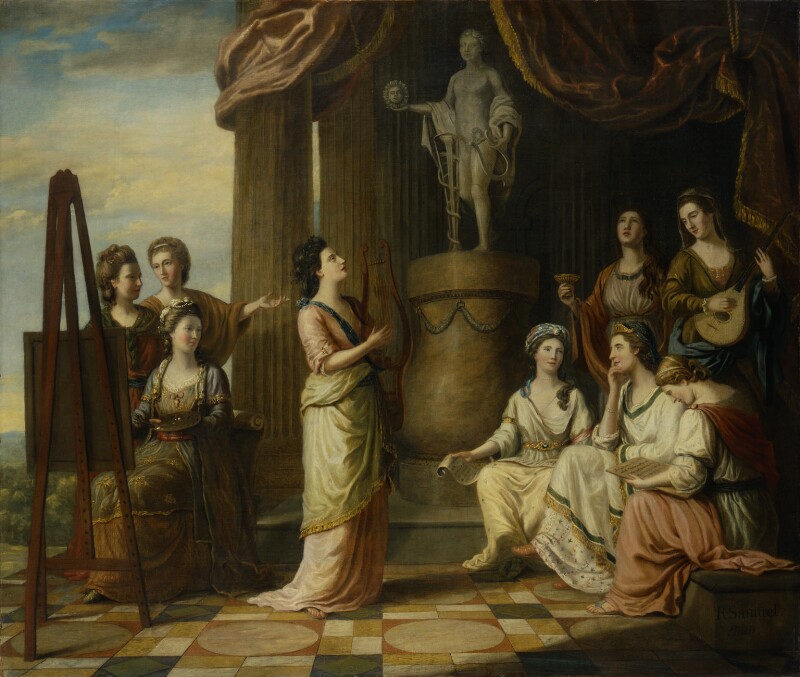
Figure 5. Richard Samuel, Portraits in the Characters of the Muses in the Temple of Apollo, 1778. National Portrait Gallery.
In a dialogue between Anne Elliot, the heroine of Jane Austen’s 1818 novel Persuasion, and Captain Harville, Harville seeks to defend the greater constancy of men by “‘observ[ing] that all histories are against you--all stories, prose and verse.’” Anne disagrees, pointing to the bias of his sources:
‘Yes, yes, if you please, no reference to examples in books. Men have had every advantage of us in telling their own story. Education has been theirs in so much higher a degree; the pen has been in their hands. I will not allow books to prove anything.’
Women of Austen’s day voiced their belief that histories “‘were all written by men.’” They also actively sought to tell their own stories. Our spotlight series for Women’s History Month focuses on a just a few of these important and collective efforts, as women took the pen in their hands.
Spooky Spotlight Series | October 2 - 30, 2020
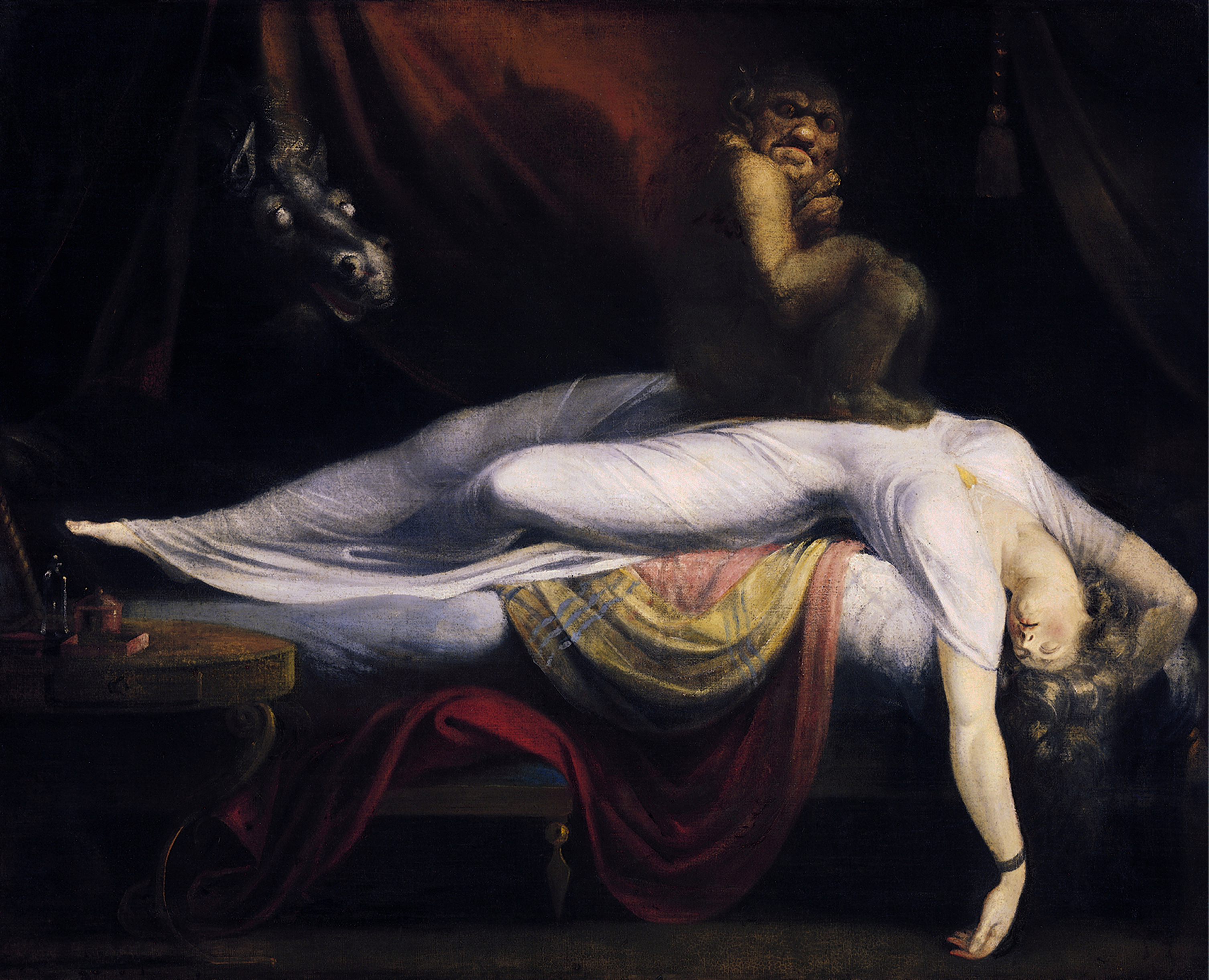
Figure 6. Henry Fuseli, The Nightmare, 1781.
It’s the eeriest month of the year, which means we have the urge to sink our teeth into Gothic novels featuring spectres and castles and, of course, the classic giant helmet falling from the sky. Every Friday during October, the WPHP will post a Spooky Spotlight that highlights a Gothic novel, the authors of a few Gothic titles in the database, or the firms who published, printed, and sold said Gothic novels.
Black Women's & Abolitionist Print History Spotlight Series | June 19 - July 31, 2020
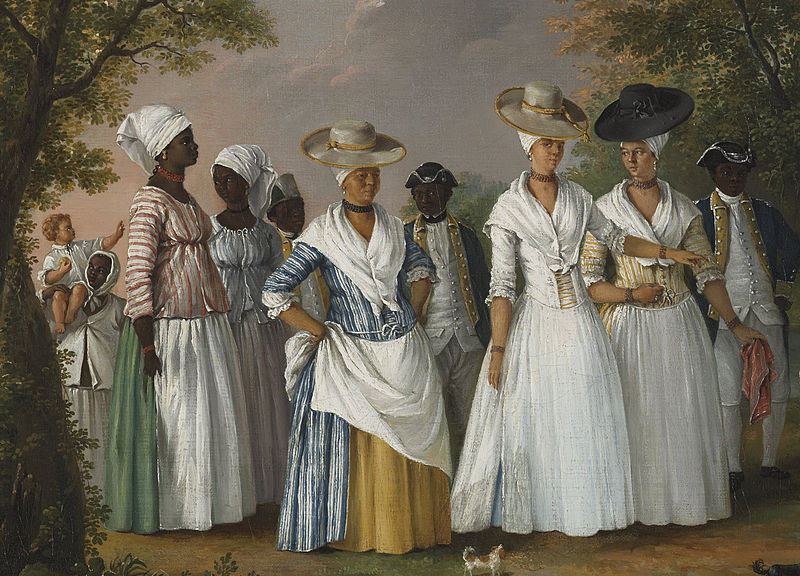
Figure 7. Agostino Brunias, Free Women of Color with their Children and Servants, c. 1770-1796.
To honour the Black Lives Matter movement, and in solidarity with the protests that have erupted across the globe, WPHP has planned a series of Spotlights that call attention to how our project can participate in the process of discovering and celebrating Black lives of the past. Our spotlights focus on our work to find Black women who were active participants in the book trades during our period, to acknowledge the ways in which white female abolitionists exploited print’s powerful potential for eliminating slavery, and to revisit the lives and books published by well-known Black female authors. We launch this series today, on June 19, 2020, or Juneteenth, which commemorates the day that enslaved people in Texas learned that they had been freed, two and a half years after the Emancipation Proclamation. We will launch a new spotlight every Friday throughout July, each written by a different member of our team. This collection of spotlights will be discussed in the third installment of The WPHP Monthly Mercury, to be broadcast on August 19.